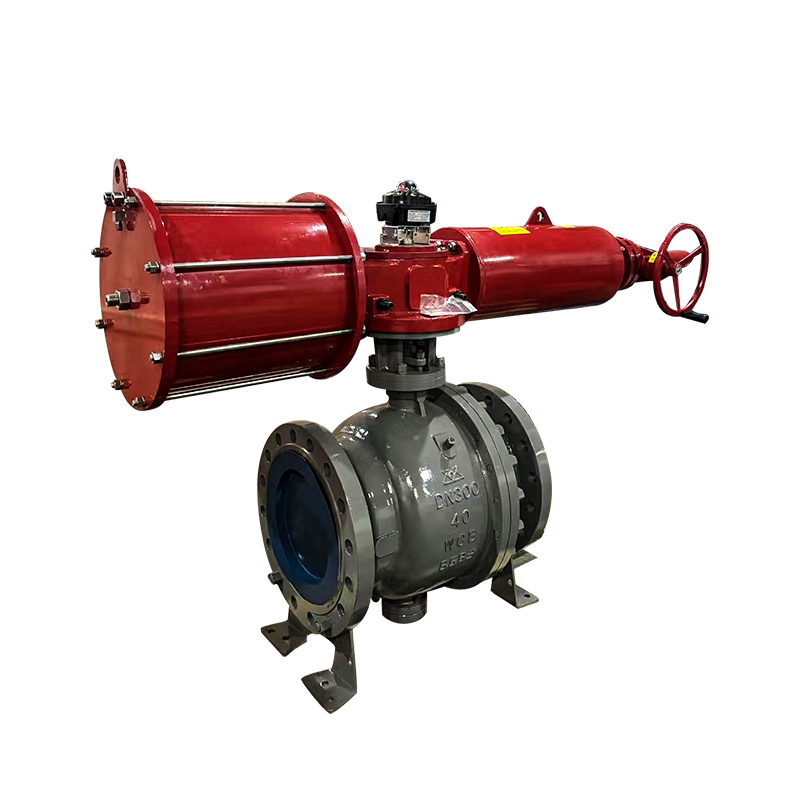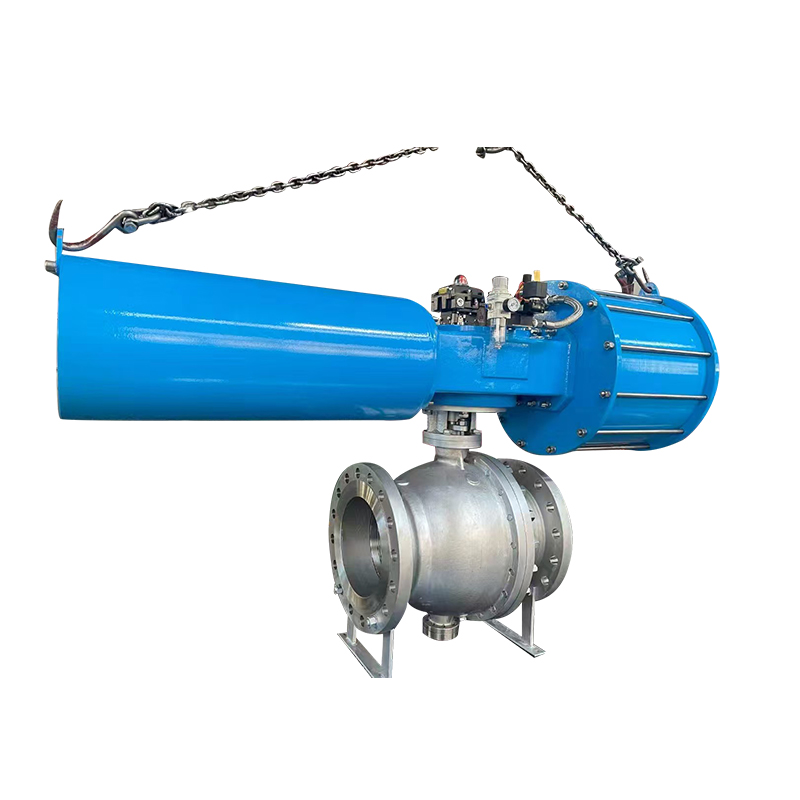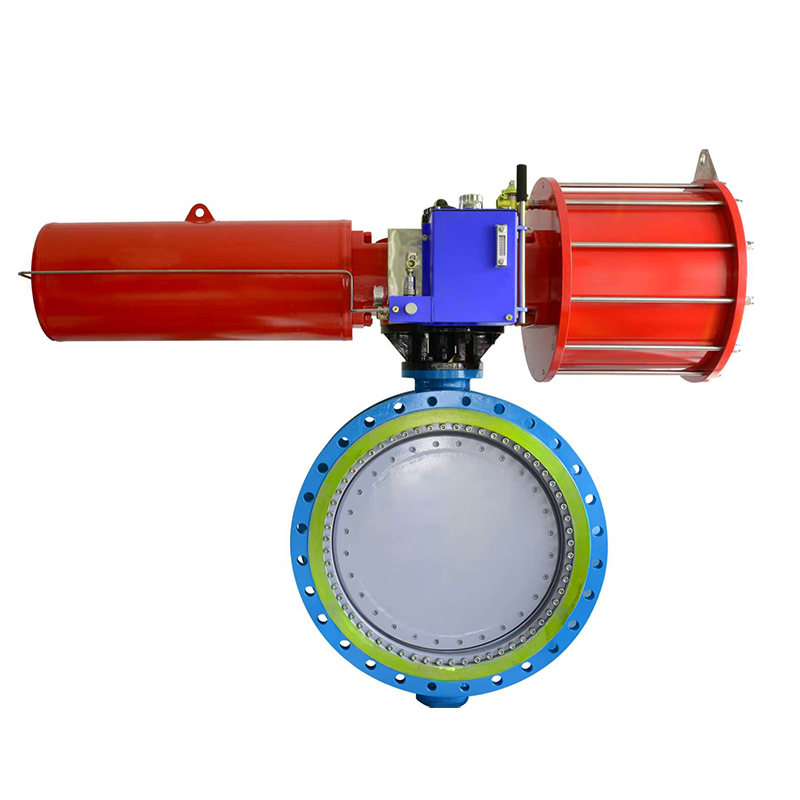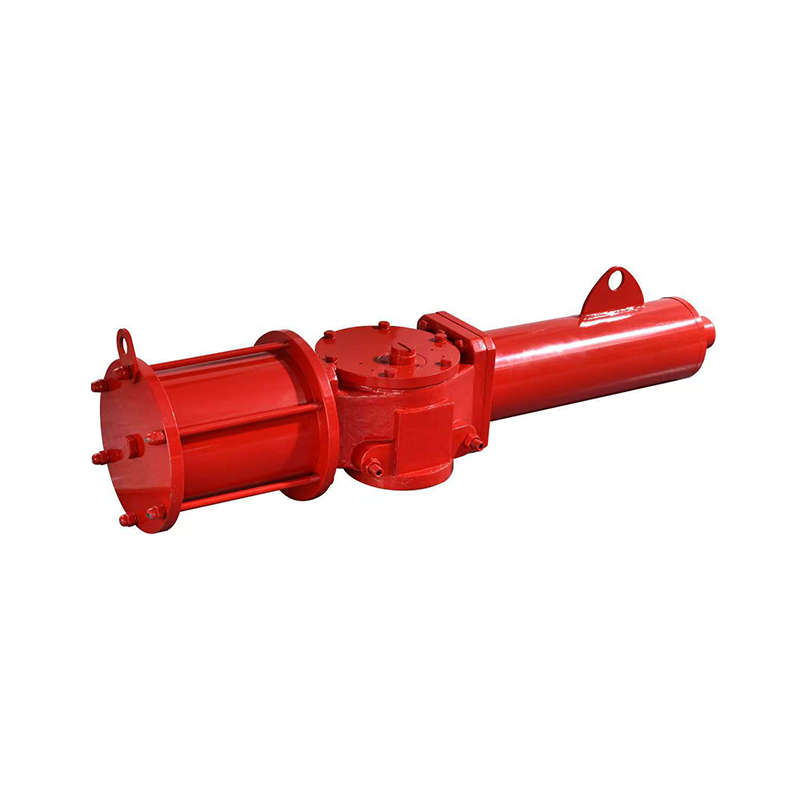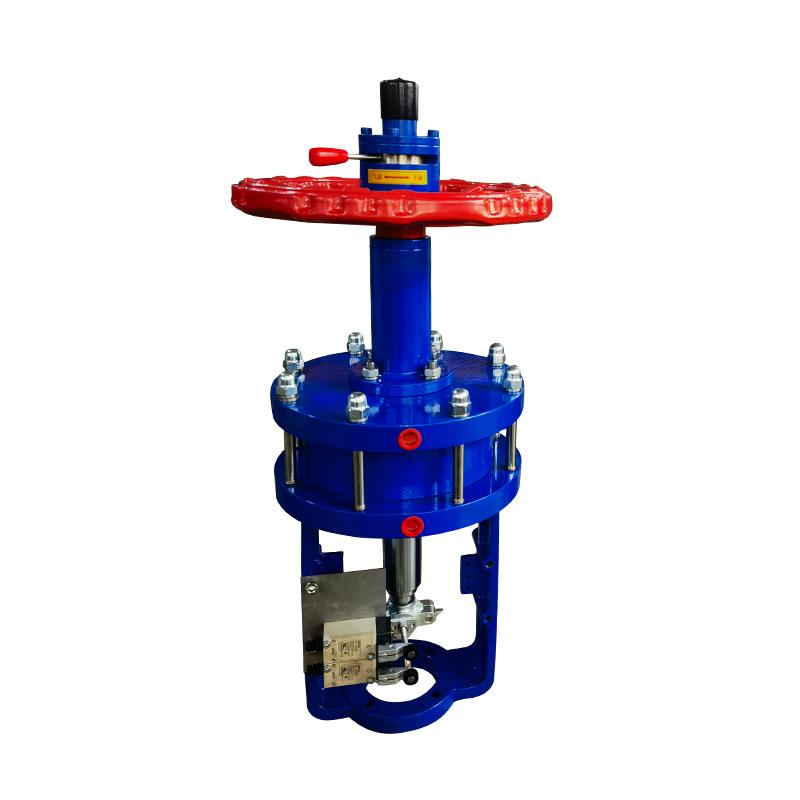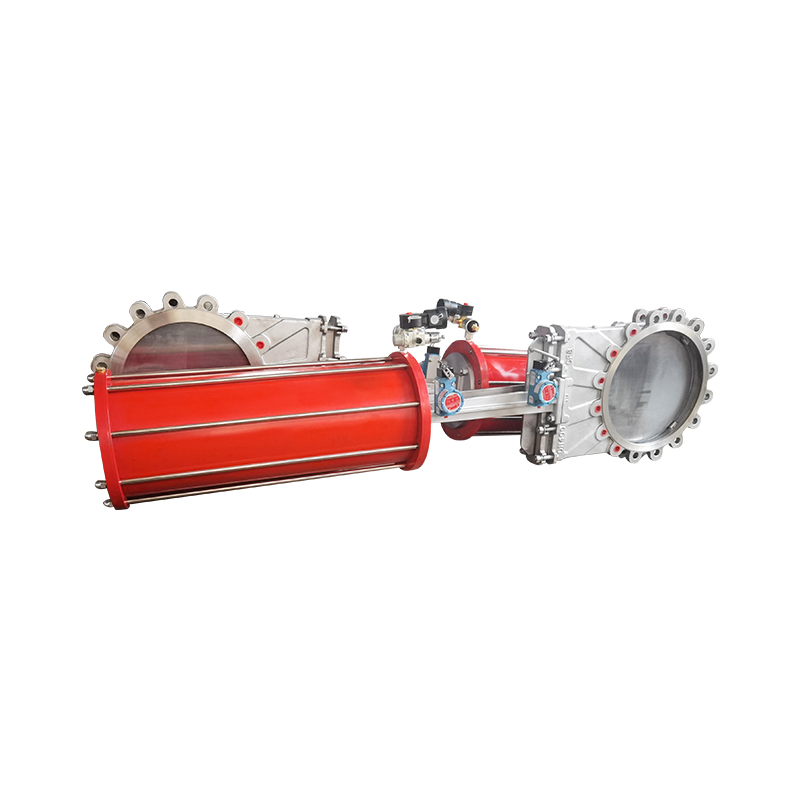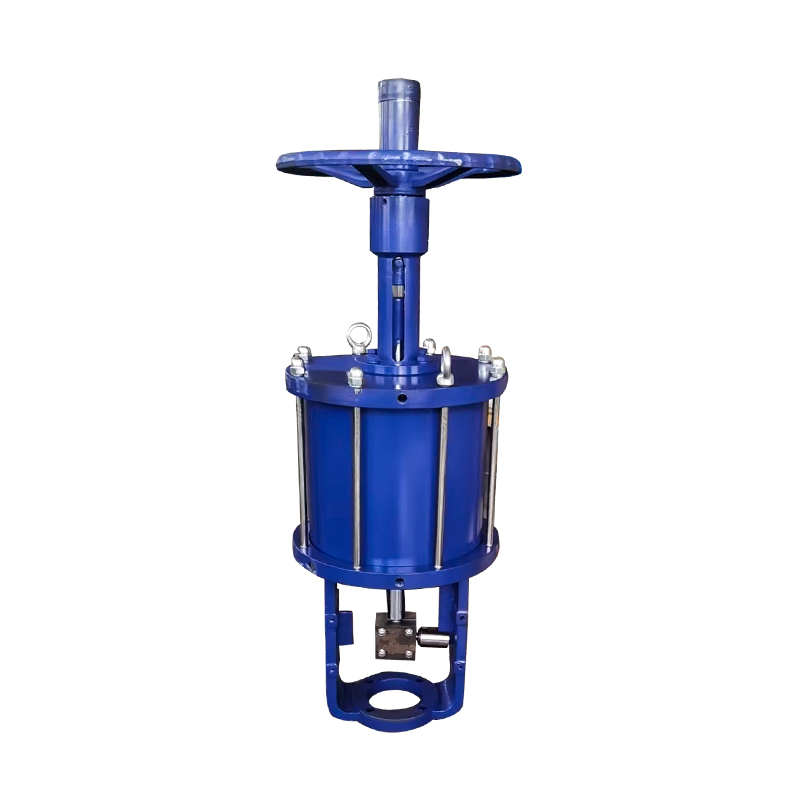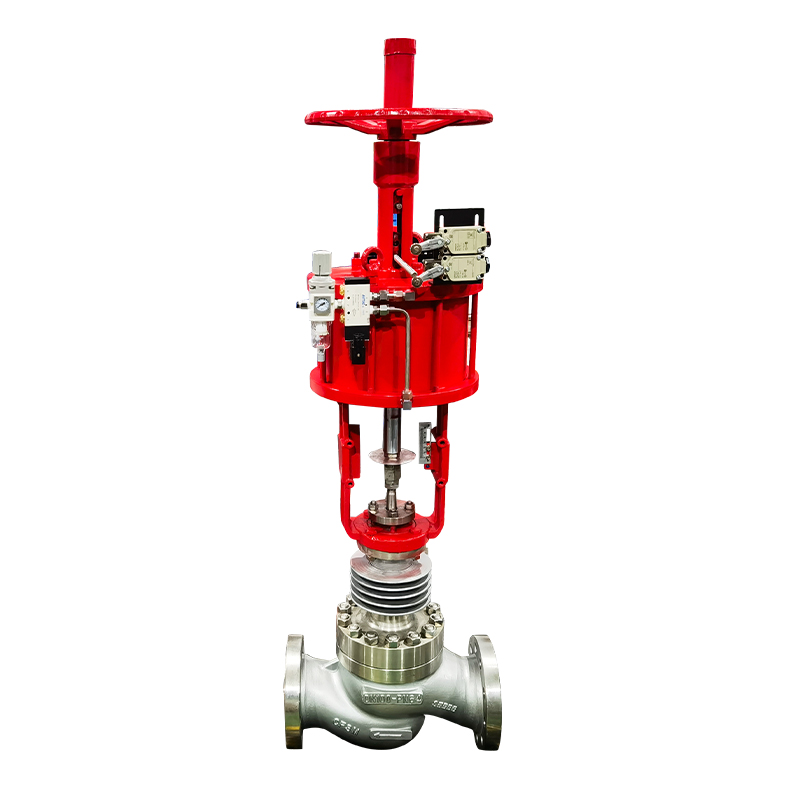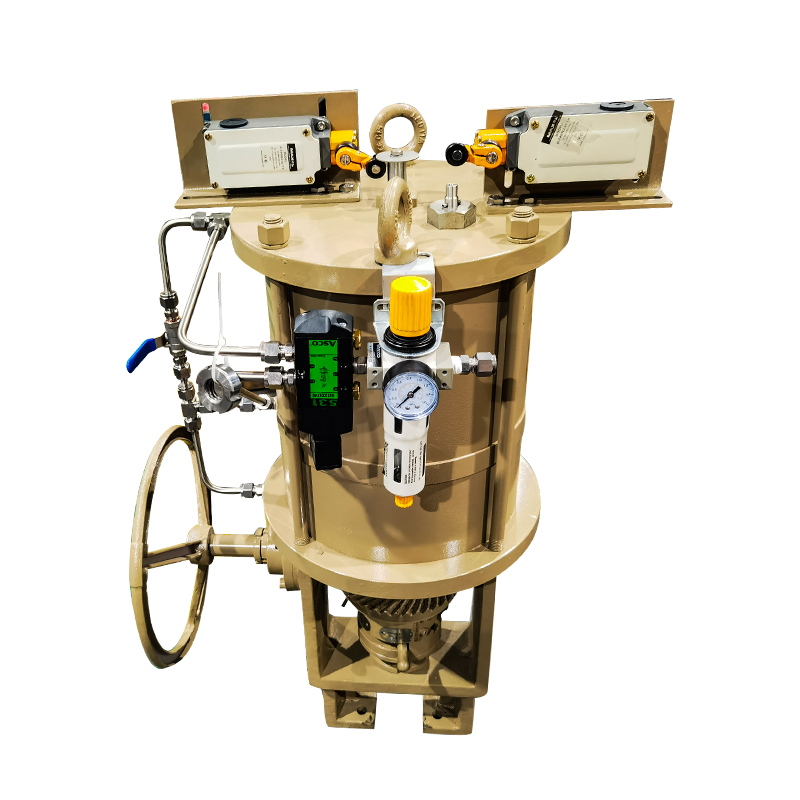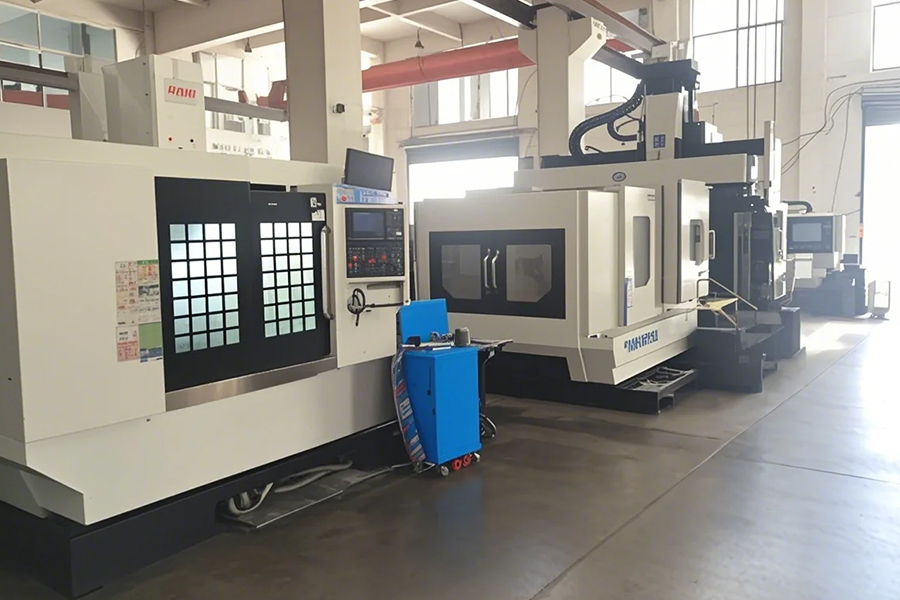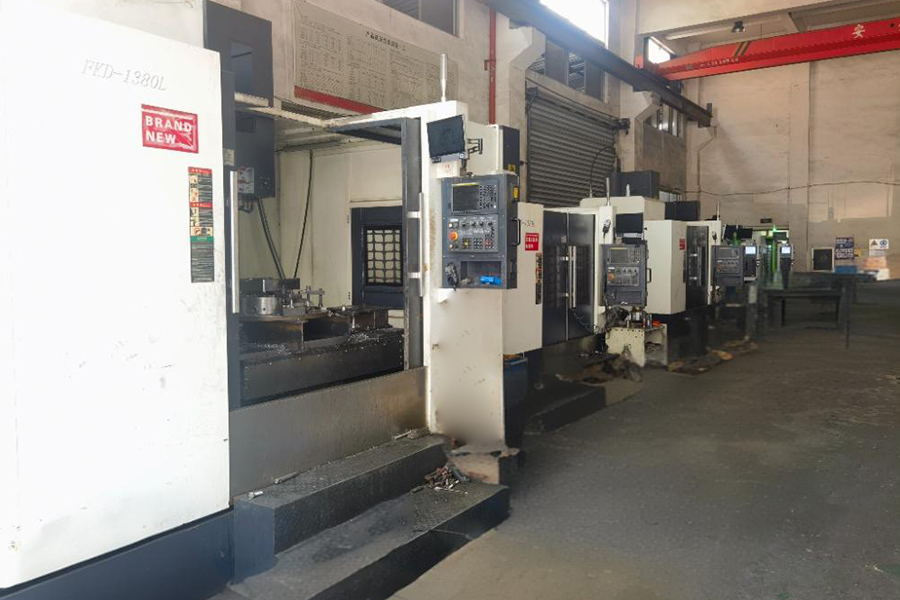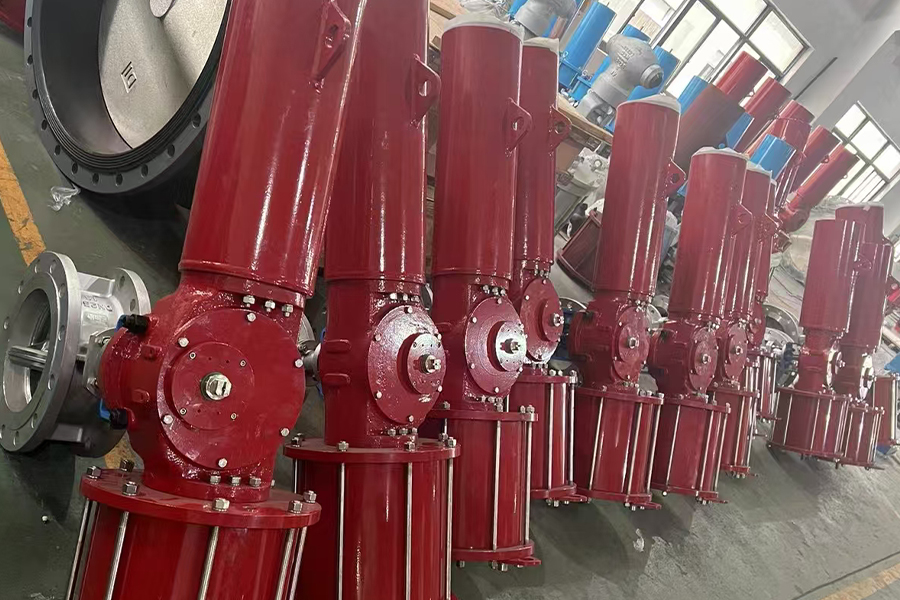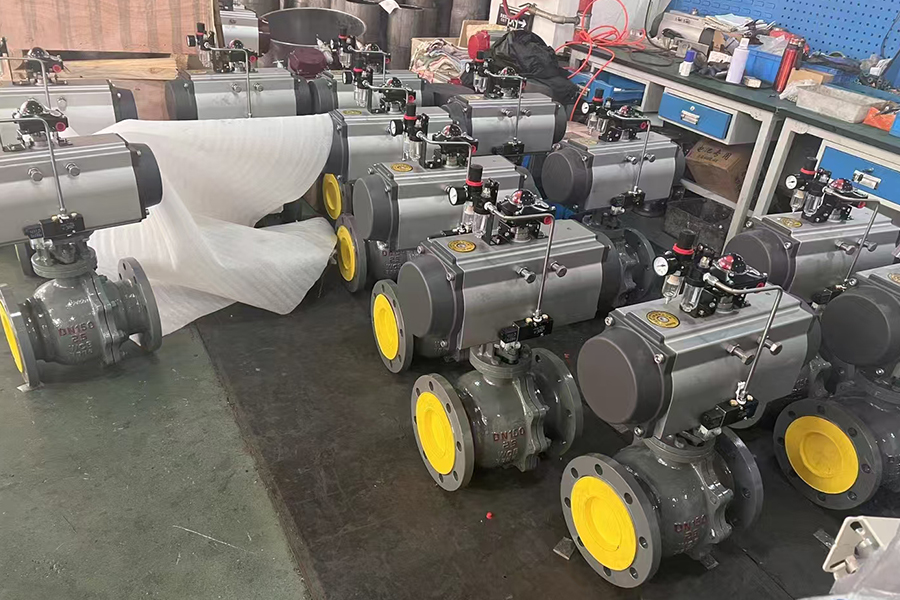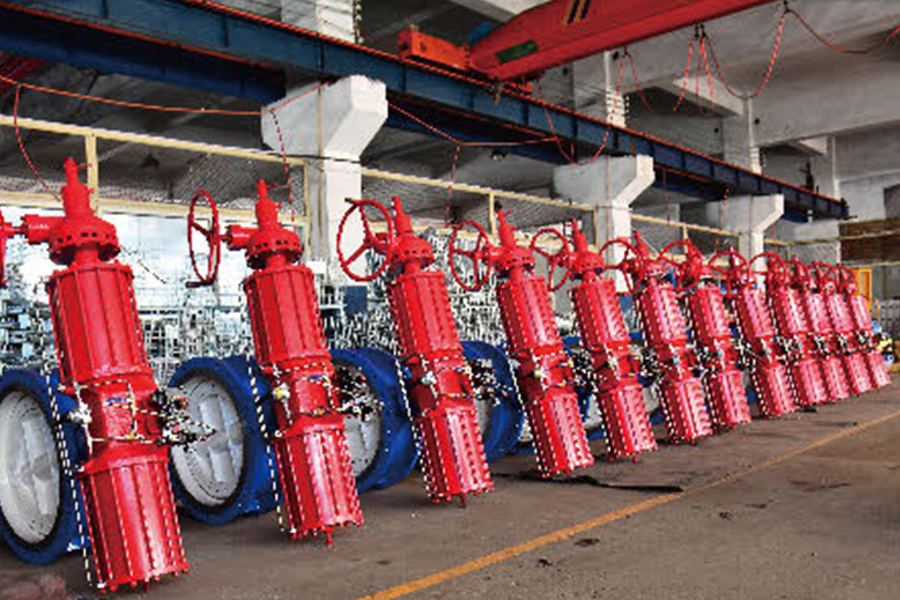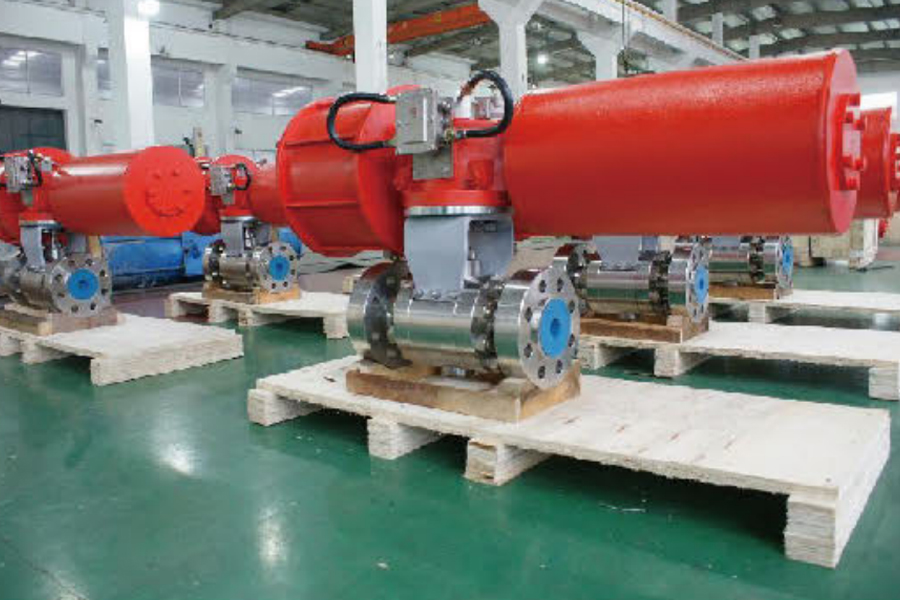Basic Structure and Operation
The Sanitary Tank Bottom Flush Valve is specifically designed to be installed at the bottom outlet of a tank. Its primary function is to provide full drainage of liquids or semi-liquids without leaving residues inside the tank. This valve is mounted flush with the bottom surface of the tank, which allows for gravity-assisted discharge. Its design typically features a piston- or diaphragm-type actuator, ensuring that the valve opens downward or sideward, depending on the configuration.
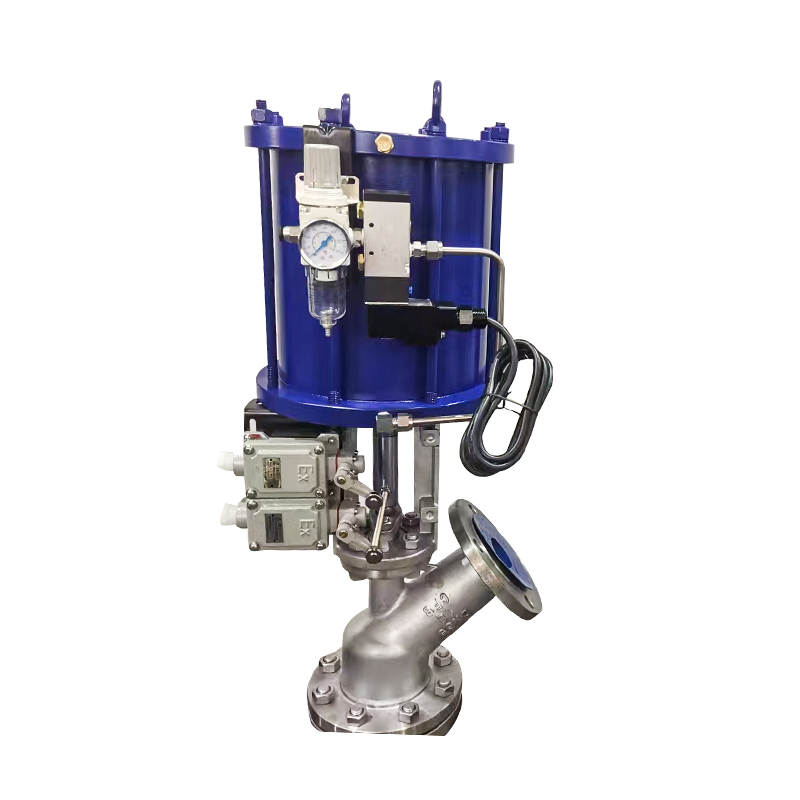
In contrast, the Pneumatic Butterfly Valve is a type of quarter-turn valve that uses a disc to regulate the flow of fluids. When actuated, the disc rotates 90 degrees to either allow full flow or close off the passage. The pneumatic actuator uses compressed air to control the valve's position, enabling remote operation and integration into automated systems.
Application Scope
The Sanitary Tank Bottom Flush Valve is primarily used in processes that require high levels of cleanliness and complete drainage. Industries such as dairy, beverage, biotechnology, and pharmaceuticals often use this valve type to maintain hygiene standards, minimize product loss, and simplify cleaning procedures. Because it is installed directly on the tank bottom, it is particularly effective for handling viscous fluids or slurries that might otherwise be difficult to remove from the tank.
On the other hand, the Pneumatic Butterfly Valve is commonly found in broader fluid transportation systems where flow control and shut-off are needed. It is used in water treatment, food production lines, chemical pipelines, and HVAC systems. Its compact design and ease of automation make it well-suited for regulating flow in mid- to large-diameter pipelines.
Design and Cleanability
The Sanitary Tank Bottom Flush Valve is built to meet stringent sanitary standards. Its internal surfaces are typically polished to reduce the risk of bacterial accumulation and to facilitate CIP (Clean-in-Place) or SIP (Steam-in-Place) processes. The design ensures minimal dead space, which means there are fewer areas for product to collect and cause contamination. This makes it ideal for systems where product integrity and hygiene are priorities.
In contrast, while Pneumatic Butterfly Valves can be used in sanitary environments when equipped with appropriate materials and finishes, they are not inherently self-draining and may contain small gaps between the disc and the valve body where fluids can accumulate. For applications requiring stringent hygiene, butterfly valves must be carefully selected and maintained to meet sanitary requirements.
Flow Characteristics
From a flow control perspective, Pneumatic Butterfly Valves offer better modulation capabilities. Their quarter-turn operation allows for intermediate positioning, making them useful for throttling applications. However, the presence of the disc in the flow path means that some flow resistance is always present, even when fully open.
In contrast, Sanitary Tank Bottom Flush Valves are generally used for full open or full close operations rather than throttling. Their main role is to provide unrestricted discharge from tanks with minimal turbulence or hold-up. They are not typically designed for precise flow control.
Maintenance and Cost Considerations
In terms of maintenance, both valve types are relatively simple to service, especially when designed with quick-release features or clamp connections. However, the Sanitary Tank Bottom Flush Valve may require more frequent inspection in high-hygiene environments due to the critical nature of its installation point.
When comparing cost, Pneumatic Butterfly Valves are generally more economical, especially in standard industrial applications where hygiene is not a primary concern. Sanitary Tank Bottom Flush Valves tend to be more specialized and thus more expensive, particularly when manufactured from high-grade stainless steel and certified to sanitary standards.








